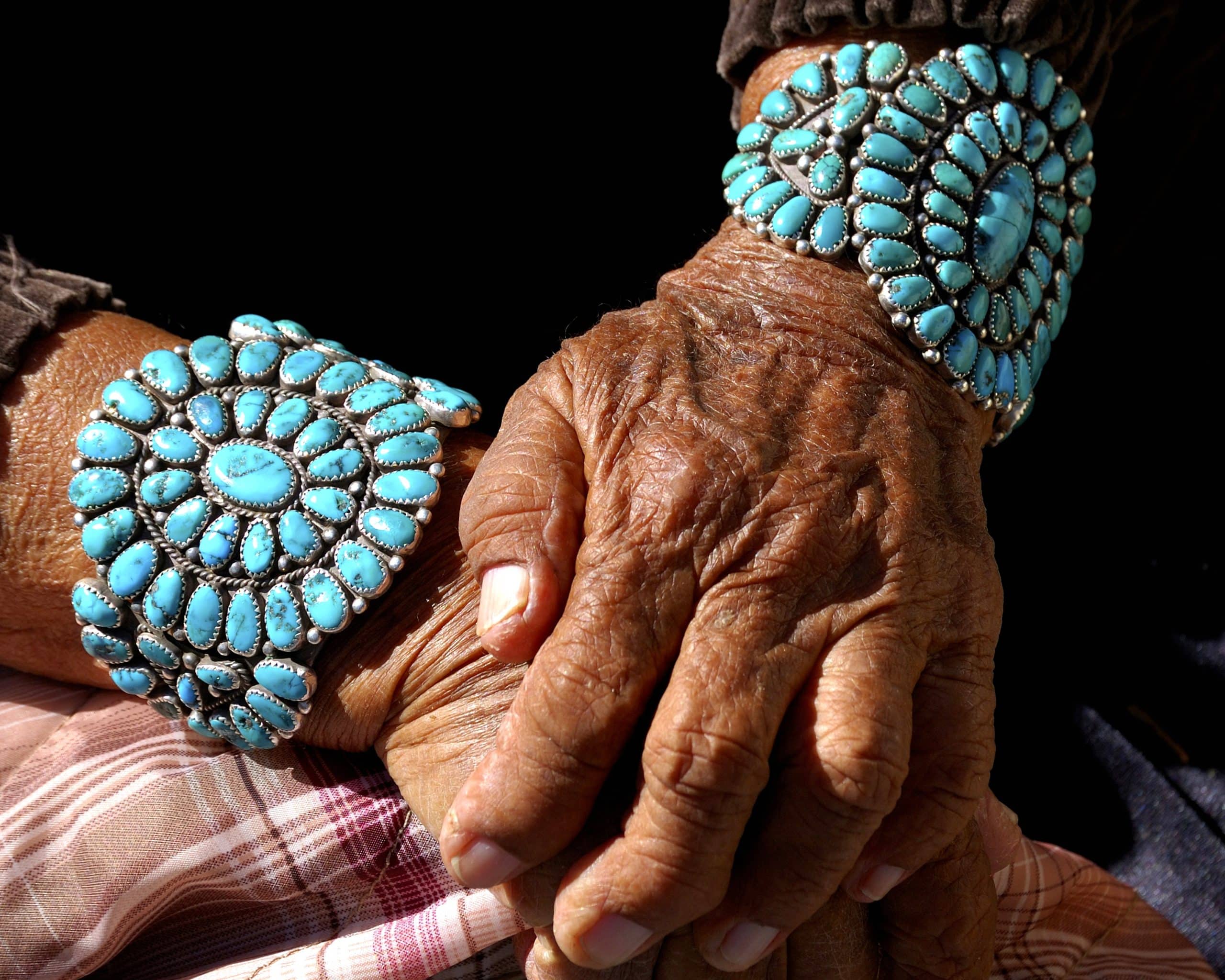Growing up just off the reservation in Wisconsin, I began noticing deficiencies in Native American healthcare at an early age.
Seeing family and friends struggling to take care of themselves and access the proper healthcare to combat issues such as heart disease, diabetes, and amputation, I was inspired to make changes in my personal life and set a service-driven course for my professional life.
Today, I run marathons – not to win a prize – although getting the medal is fun – but to stay in shape and set an example for my children.
Unfortunately, within the tribal healthcare system, things have not changed a lot since I was in high school. Native Americans are still struggling to access healthcare, implement IT solutions that will help them better serve their communities, and get the support they need to provide a higher quality of care.
As with everything we do at John Lynch & Associates, we have approached tribal health from a place of service that is dear to our hearts. We are an American Indian owned company and finding ways to help advance the healthcare of other Native Americans is vitally important to us.
Article Highlights
-
Native American communities face persistent health disparities, including limited access to care, chronic illness, and underfunded systems.
-
Cultural disconnects and historical trauma continue to affect care experiences and trust in healthcare institutions.
-
Workforce shortages and infrastructure gaps contribute to long wait times and inconsistent service delivery.
-
Solutions must be community-driven and culturally grounded, prioritizing tribal sovereignty, traditions, and values.
-
Partnerships with trusted consultants and healthcare leaders can support system improvements while honoring Native voices.
Challenges Facing Tribal Health
While the healthcare struggles of Native American groups have existed for decades, we are now seeing a greater push toward rectifying these issues collaboratively.
Some tribal groups have excelled at organizing their healthcare networks and maximizing efficiency of care. However, others are still plagued by issues within the healthcare system. These issues stem from problems with funding, preventative health education, and outdated IT systems with retired support systems.
Working with many of the tribal groups here in Phoenix, we have developed a deep appreciation and affection for these groups. Anything we can do to help them be successful, we want to do.
However, we need to diagnose the core issues before applying the proper treatment.
Diagnosis & Treatment
When you fall ill, you follow a particular sequence of steps. First, you recognize there is a problem that is not going away on its own. Then you seek out professional medical help to identify the cause. With the doctor’s help, you learn a new way of life that may include a combination of fitness, nutrition changes, and possibly prescription medication.
We need to offer the same care to our tribal health organizations. We have a duty to assess the problem, prescribe the right solution, provide education and training, and establish connections for supportive aftercare.
Outdated Systems
One of the biggest problems tribal health organizations face is outdated IT systems. For years, tribal health providers have used Resource & Patient Management System (RPMS), an aging dinosaur of patient health IT software.
Yet, because there are so many newer and more well-rounded IT solutions available to healthcare providers, RPMS has been pushed aside. The support staff has retired and there are very limited updates or resources available to tribal health groups still using RPMS.
Rather than try to help tribal health organizations keep a leaky boat afloat, we need to support them in transitioning to well-maintained, future-thinking EHR solutions like NextGen and Cerner.
Using IT Systems Effectively
With the proper IT solutions in place, our next step in curing the ails of the tribal healthcare system is training healthcare providers in how to effectively use these tools.
While many tribal health organizations have been able to survive using the bare bones of RPMS without any available training resources, there is no reason to settle for less. Native Americans deserve more and all healthcare patients deserve better care.
Simply installing an IT solution and calling it a day is not enough. To be successful, tribal health organizations need supportive training for how to make the most of their EHRs and connected tools, which is why my team and I pour our hearts into ensuring every one of our clients is thoroughly trained and comfortable with a new IT solution before finalizing our work together.
Funding & Billing
Inadequate funding and inaccurate billing are compounding issues within the tribal health system. There is a great deal of government money being left on the table that tribal health providers can use to serve their communities and save lives.
The trick is knowing how to use your EHR systems effectively to ensure your organization is receiving that funding.
When I begin working with a new healthcare provider, I start by talking with my new team about approaching healthcare service from a business perspective. I have a great deal of respect for those who work within the healthcare space for the purpose of serving and caring for others, but the business side of healthcare cannot be ignored.
By using data analytics and reporting in healthcare IT solutions like NextGen, tribal health organizations can streamline their processes for submitting grant applications, verifying regulatory compliance, and execute accurate billing.

Ongoing Support
With the problem identified and a solution in place, the challenge may appear to be solved. However, in my twenty seven years of experience in healthcare IT serving in different capacities from healthcare IT consultant to Chief Information Officer, I have seen that the real work begins after a system goes live.
As we saw with the failure of RPMS to meet the needs of tribal health organizations, ongoing support and training is paramount to a group’s success.
And providing post go-live support is one of our favorite parts of our job.
During this time, we get to help tribal health groups make their IT solution work for them. Rather than forcing healthcare providers into a rigid box constructed by an inflexible EHR system, we give them dynamic tools that will serve their needs and their unique communities.
This is the time when we get to problem-solve day-to-day issues, come up with creative solutions, strategize, and demonstrate the elasticity of modern EHR systems to help tribal health organizations operate at their best.
Healing the System from the Inside
Given the diverse regulations and policies pertaining to Native American populations and the reservations that they call home, it can be easy to forget that these groups struggle with the same issues that mainstream healthcare organizations do. However, I have not forgotten; and neither has my team at John Lynch & Associates.
For us, tribal health is personal. We want to see Native American tribes succeed and their healthcare systems thrive.
Being able to go in and help tribal health organizations improve their IT systems, modernize their EHRs, make billing and funding acquisition more efficient, and leverage the use of their systems to serve their communities with compassion is one of the great joys of my work.
This work hits home for me. Healthcare IT consulting is what we do every day, but it becomes personal and more rewarding when we can see underserved communities get the help they need to stand strongly on their own feet.
If you belong to a tribal health group and need help navigating the complex world of IT systems, please reach out to us today.
Ready to Talk?
Related Articles

Reducing Risk in Tribal Health with Staff Compliance Training

A Comprehensive Tribal Health IT Strategy for Modern Tribal Health Leaders


